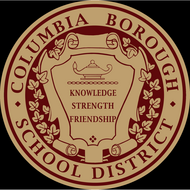Math, Grade 6, Ratios, Tape Diagrams
(View Complete Item Description)Students use tape diagrams to model relationships and solve problems about types of DVDs.Key ConceptsTape diagrams are useful for visualizing ratio relationships between two (or more) quantities that have the same units. They can be used to highlight the multiplicative relationship between the quantities.Goals and Learning ObjectivesUnderstand tape diagrams as a way to visually compare two or more quantities.Use tape diagrams to solve ratio problems.
Material Type: Lesson Plan




















